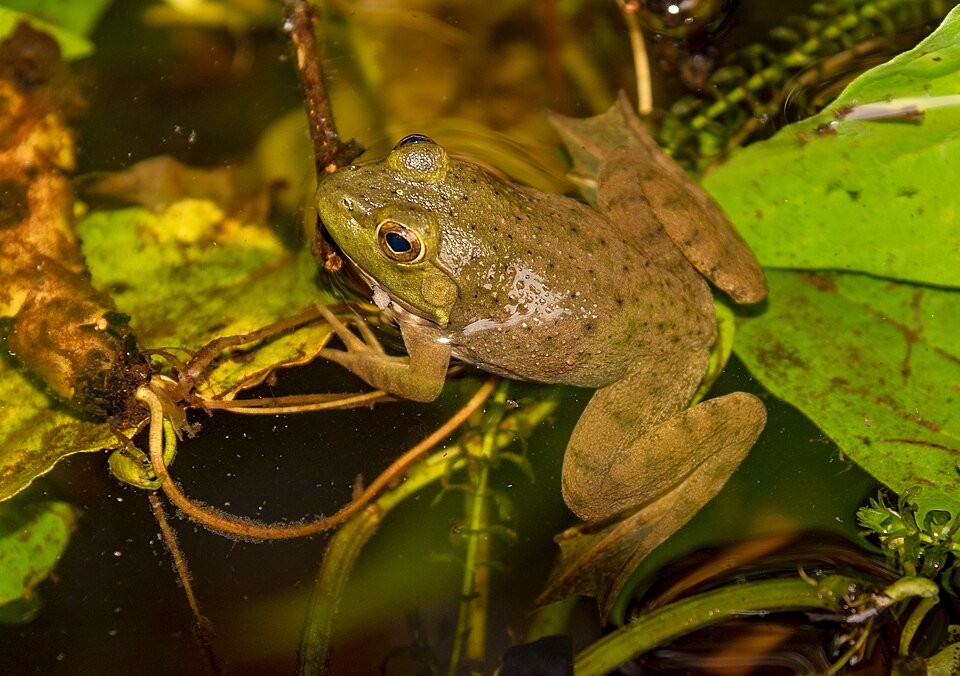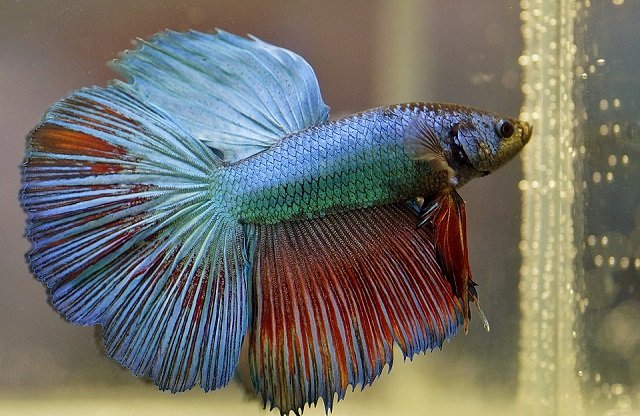
Modern aquaculture faces a constant challenge: finding nutritious, cost-effective, and sustainable food sources that reduce dependence on fishmeal. In this search, one alternative has gained significant interest due to its balanced nutritional profile and ease of cultivation: annelids of the subclass Oligochaeta.
A recent scientific review article, authored by researchers from The American University in Cairo and RWTH Aachen University and published in Aquaculture International, delves into the use of these worms, offering a clear roadmap for their production, benefits, potential risks, and management strategies for the sector. Below, we break down the most important findings of this study for aquaculture professionals.
What are oligochaetes, and why are they important in aquaculture?
Oligochaetes are a subclass of worms that includes both terrestrial and aquatic species. Their potential as a feed in aquaculture is enormous due to their rich nutritional composition of crude protein, essential amino acids, vitamins, and polyunsaturated fatty acids, which are key for the proper development of fish and shellfish.
The study focuses on three of the most researched and utilized species:
- Tubifex sp. (sludge worms): Commonly used in larviculture as a live feed.
- Eisenia fetida (red worm or manure worm): Widely used to produce worm meal as a protein substitute in feeds.
- Enchytraeus albidus (white worm): A potential live feed for both freshwater and marine species.
These worms are not only nutritious but can also be cultivated cost-effectively, positioning them as a competitive alternative to other meals like squid or krill.
Biomass production: the substrate is key
One of the great advantages of oligochaetes is their ability to grow and reproduce in a wide variety of organic substrates, including manure, sewage sludge, and agro-industrial waste like wheat straw or coffee husks.
However, the study highlights a crucial point: the nutritional composition of the worm is directly influenced by the medium in which it is grown. For example:
- Tubifex tubifex worms grown in rice mill and dairy sludge were observed to have significantly higher protein and lipid content than those raised in raw cattle dung.
- In the case of the Eisenia fetida earthworm, those cultured in barley and coffee waste showed a superior crude protein profile compared to those cultured in kitchen waste.
- For white worms (Enchytraeus albidus), it has been reported that mixed diets can raise their protein content up to 69%.
This flexibility allows producers not only to manage organic waste sustainably but also to “design” the nutritional profile of their live feed according to the needs of the cultured species.
Stay Always Informed
Join our communities to instantly receive the most important news, reports, and analysis from the aquaculture industry.
Proven benefits in the growth, health, and quality of fish
The inclusion of oligochaetes in diets, whether in live, frozen, or processed forms like meal, has been shown to have a positive impact on multiple production parameters.
Improved growth and survival
Especially in larviculture, live feeds like Tubifex are often superior to artificial feeds. Larvae, with their small mouths and immature digestive systems, accept and digest them more easily, which translates to higher survival and better initial development.
For later stages, Eisenia fetida meal has proven to be an excellent partial or total substitute for fishmeal. Studies have shown that its inclusion improves the feed conversion ratio (FCR), specific growth rate (SGR), and protein efficiency ratio (PER) in species like the Nile tilapia and the African catfish.
Flesh quality and coloration
Beyond growth, nutrition also affects the final product quality, a determining factor for its market value. Research has shown that using Tubifex in the diet can improve the flesh quality of tilapia (Oreochromis niloticus) and coloration in ornamental fish such as Cyprinus carpio and Colisa lalia.
Potential risks and production challenges
Despite their benefits, oligochaete production is not without risks, and proper management is essential to ensure feed safety.
- Substrate contamination: The use of sewage sludge or manure can introduce heavy metals, pathogens, pesticides, or antibiotic residues into the culture medium. These contaminants can be bioaccumulated by the worms and transferred to the fish, posing a risk to the health of the culture and, ultimately, the consumer.
- Antibiotic resistance: The use of manure from farms with intensive antibiotic use can promote the emergence of antibiotic resistance genes (ARGs) in the culture system.
- Parasite transmission: Certain substrates, such as cattle blood used as a wetting agent, could present a risk of transmitting parasites or prions.
- Technical management: Large-scale production, especially of aquatic species like Tubifex, requires adequate infrastructure to maintain a continuous water flow and optimal oxygen and temperature conditions, which can increase operational costs.
Strategies for safe and viable production
The study proposes several management strategies to mitigate these risks and optimize production:
- Monitoring and control: It is essential to periodically monitor environmental conditions (pH, temperature, dissolved oxygen) and water quality.
- Substrate selection and treatment: Low-risk substrates should be prioritized, and those with a high probability of contamination should be avoided. For example, using fish pellets as feed for oligochaetes reduces the risk of pathogen transmission.
- Sterilization: Before being fed to larvae, live worms like Tubifex should be sterilized to prevent contamination and disease outbreaks.
- Nutritional improvement: Further research is needed to optimize the nutritional profile. For example, it is suggested that including microalgae in the diet of white worms could enrich their content of highly unsaturated fatty acids (HUFAs), which are essential for fish larvae.
Is it a profitable business?
Economic viability is a decisive factor. For Eisenia fetida, the evidence is positive. Studies indicate that replacing fishmeal with earthworm meal can significantly reduce feed costs and generate a high profitability index.
However, the article highlights a lack of detailed economic studies for the large-scale production of Tubifex sp. and Enchytraeus albidus, an area that requires more research to confirm its commercial viability.
Conclusion
Oligochaete worms present themselves as a feasible, sustainable, and cost-effective solution to the nutritional challenges of modern aquaculture. They offer an excellent nutritional profile that can improve crop performance and reduce dependence on conventional marine ingredients.
The success of their implementation on a commercial scale, however, depends on rigorous management that controls the risks associated with culture substrates. With the right strategies and further research into their profitability, these humble worms are destined to play an increasingly important role in the future of aquaculture feed.
Contact
Hani Sewilam
Center for Applied Research On the Environment and Sustainability, School of Science and Engineering, The American University in Cairo
AUC Avenue, P.O. Box 74, New Cairo, 11835, Egypt
UNESCO Chair in Hydrological Changes and Water Resources Management, RWTH Aachen University
Aachen, Germany
Email: sewilam@lfi.rwth-aachen.de
Reference (open access)
Mugwanya, M., Dawood, M.A.O. & Sewilam, H. Update on terrestrial and aquatic worms of the subclass oligochaeta in larviculture and aquaculture nutrition: biomass production, benefits, potential risks, and management strategies. Aquacult Int 33, 454 (2025). https://doi.org/10.1007/s10499-025-02135-0
Editor at the digital magazine AquaHoy. He holds a degree in Aquaculture Biology from the National University of Santa (UNS) and a Master’s degree in Science and Innovation Management from the Polytechnic University of Valencia, with postgraduate diplomas in Business Innovation and Innovation Management. He possesses extensive experience in the aquaculture and fisheries sector, having led the Fisheries Innovation Unit of the National Program for Innovation in Fisheries and Aquaculture (PNIPA). He has served as a senior consultant in technology watch, an innovation project formulator and advisor, and a lecturer at UNS. He is a member of the Peruvian College of Biologists and was recognized by the World Aquaculture Society (WAS) in 2016 for his contribution to aquaculture.



